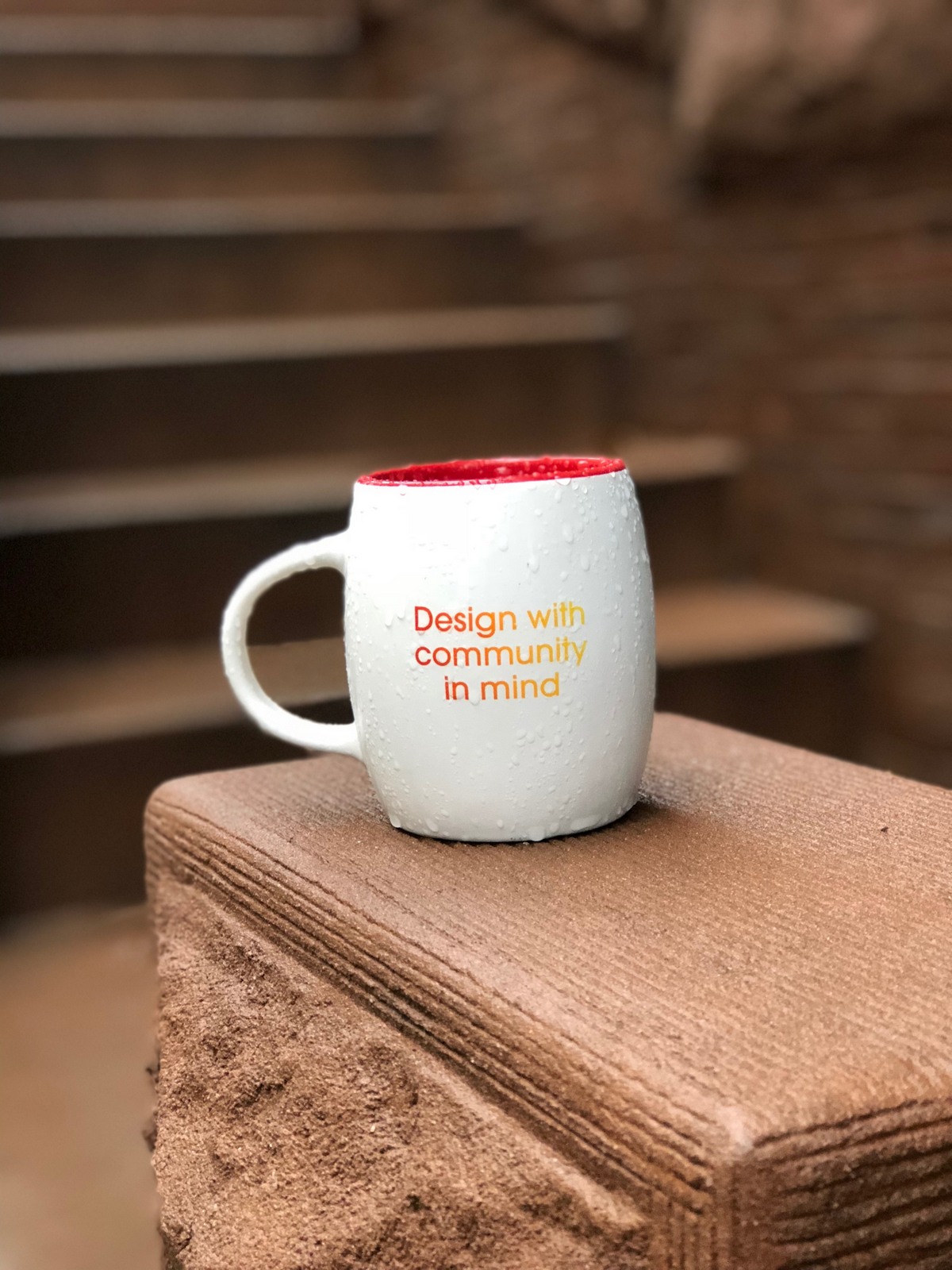Design Strategy
Do Focus Groups Still Hold Value?
In business development today, design thinking has taken the world by storm. Being a critical process for innovation, this kind of thinking sets one apart from competition as it always builds solutions around user needs. Initial processes are heavily embedded in R&D and there are multiple tools to collect data. Some of these tools have been tried, tested and incorporated into the evolutionary process and some have been spat out like dinner that has gone off.
Today we explore focus groups. Traditionally, focus groups were used by marketers in the early stages of concept development to test and determine overall strategy and direction before a product was pushed out to the public. Marketers would invite different segments of the market in to collect qualitative data from participants who had potential interests in a Brand’s offering.
As internal business processes evolved into innovation driven offerings, we began to see focus groups used in the frameworks of Design Thinking also. But how much accurate qualitative information can we really collect from these groups?
If you are going to use focus groups as part of your process there are a few things to remember:
1. Focus groups should be used to help refine a concept. They will not help you find an innovative idea.
2. Focus groups are not always accurate as there is a dramatic influence from other participants of permeated thinking which puts the quality of the research into question.
3. Focus groups should ONLY be used for high level feedback.
4. Focus groups are used early on in the design process to validate initial assumptions. These could include ideas on potential product solutions and market segments.
So How Do We Conduct Focus Groups?
Always Begin With Really Drawing Out The Business Goals
What is the problem you are trying to solve? Who are you trying to help? What are the products you would like to offer? How do you think you might alleviate a human pain point? Once you have a clear list of business goals you will need to really identify why you are doing this research, and extract specific research questions that can help you validate these goals. For example, a business goal might be that you would like to create more of a connect with the millennial market to help reduce depression. This is a really nice goal and idea but who are these millennials? What are the smaller market segments you are talking to that have faced the problem of feeling unconnected and depressed? You might find in a small sample size that healthy fitness crazy millennials don’t really feel disconnected or depressed. And that will drive your research deeper.

Maintain Control Of The Group
Being a focus group moderator can be quite a daunting task for a newbie. Fear not. No-one takes offense to you gently pulling back the conversation to your research goals. I suggest that you also have a level two moderator – someone who is there for support incase discussions get intense or out of control. This can often happen when you are trying to solve a problem of a sensitive nature in different market segments. Perhaps one person wants a prayer room, and the other thinks it’s just a waste of space.

Framed Questions Make A World Of Difference
Without realising it humans being always want to close out a problem without really understanding it. This can be true of focus groups also. Instead of trying to find a definitive answer, look for ways to build question upon question to uncover the multiple layers of a problem. One person in your focus group might say that access to healthy food is easy, when in fact they do not even eat healthy food. It will be your job to probe further. And perhaps you then uncover that it is just too expensive for that market segment to buy health food on a continual basis.

Encourage Healthy Conversation
Do a round of introductions. They world is full of different people. Look and listen for the ones that seem confident enough to share their story initially, and use it as a base point to spark more conversation. This will set the tone. Then move your attention to the more introverted participants and probe. It could just begin with an open-ended question like ‘what’s your take on that?’ or ‘how might this have affected you?’

Bring In Variety
Try to pull in different market segments that are all interested in the topic at hand. For example, you are trying to create a business that helps the elderly find peace in the aging process. You will have to recruit people with disabilities, people who are lonely and whose kids live far away, people who have lost a spouse….you get the idea.

Allow Your Stakeholders To Be Part Of The Process
In focus groups information can be lost. Open up the conversation to your stakeholders by either asking them to observe the session in house, or use collaborative tools for video conferencing. They might pick up on something you don’t!

Focus groups as a form of R&D still have a place in the design process if you know how and when to use them. They can provide you with overarching feedback to refine a core concept to help you make strategic decisions in a cost effective, quick manner. They aren’t , however, a substitute for much deeper qualitative research where you can observe or interview users in their natural habitat for innovative idea generation.

Madhuri Rao
Founder & Chief
Design Strategy




